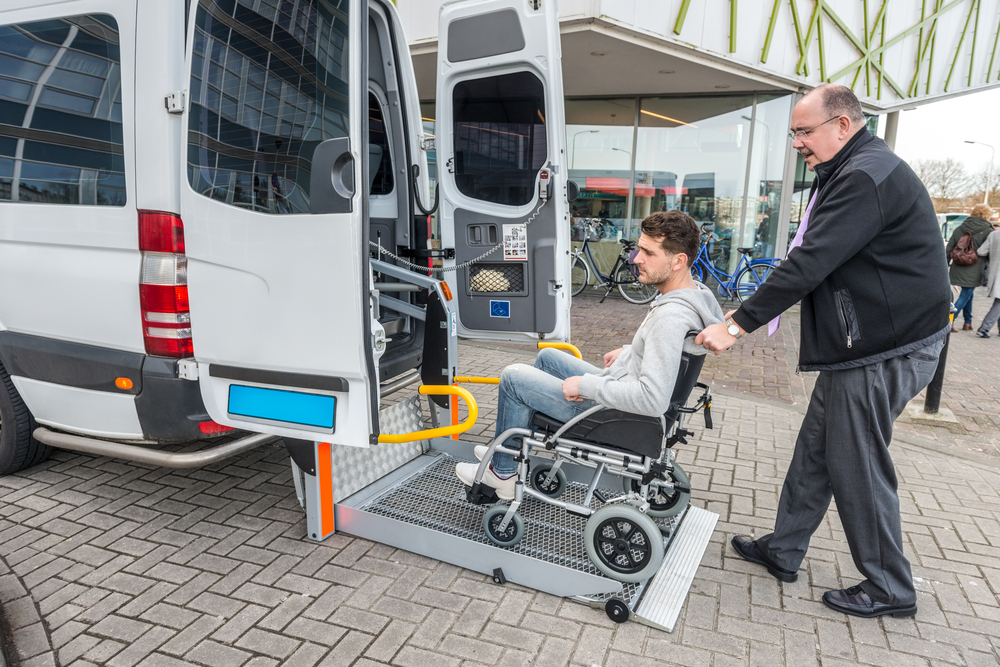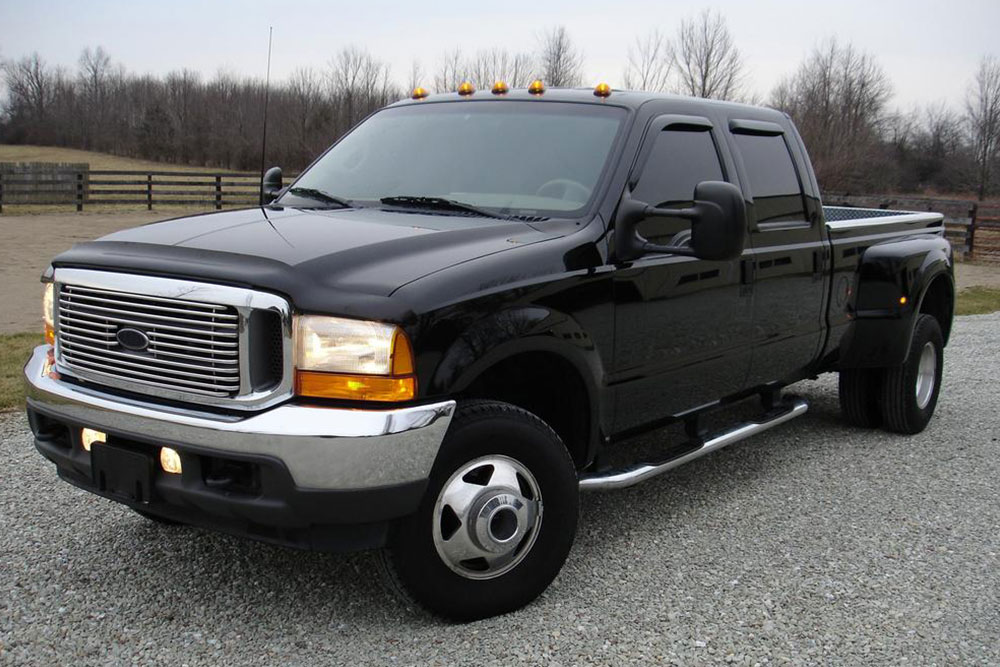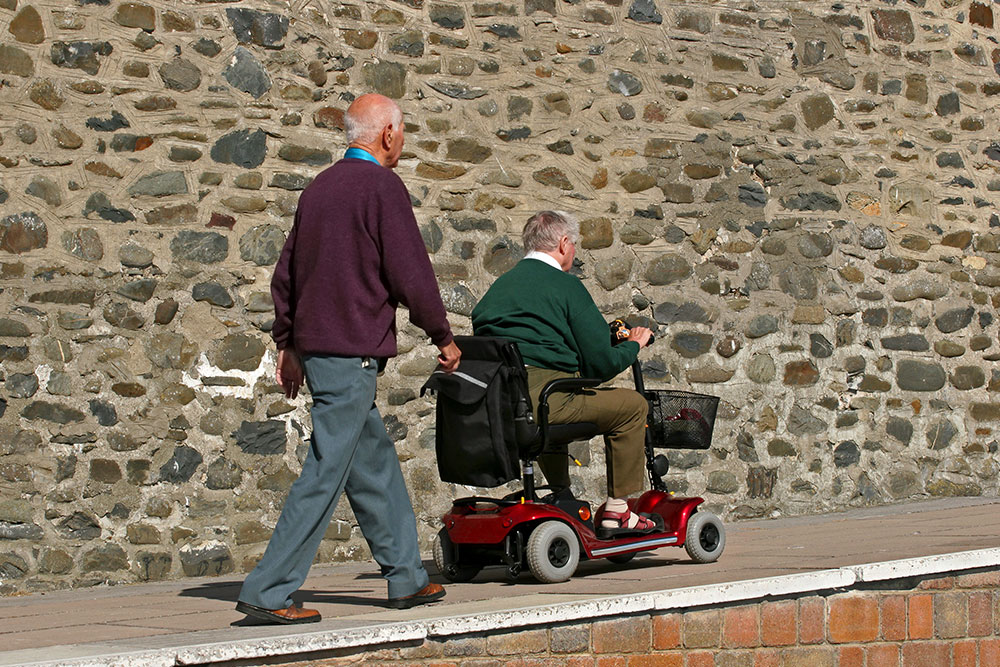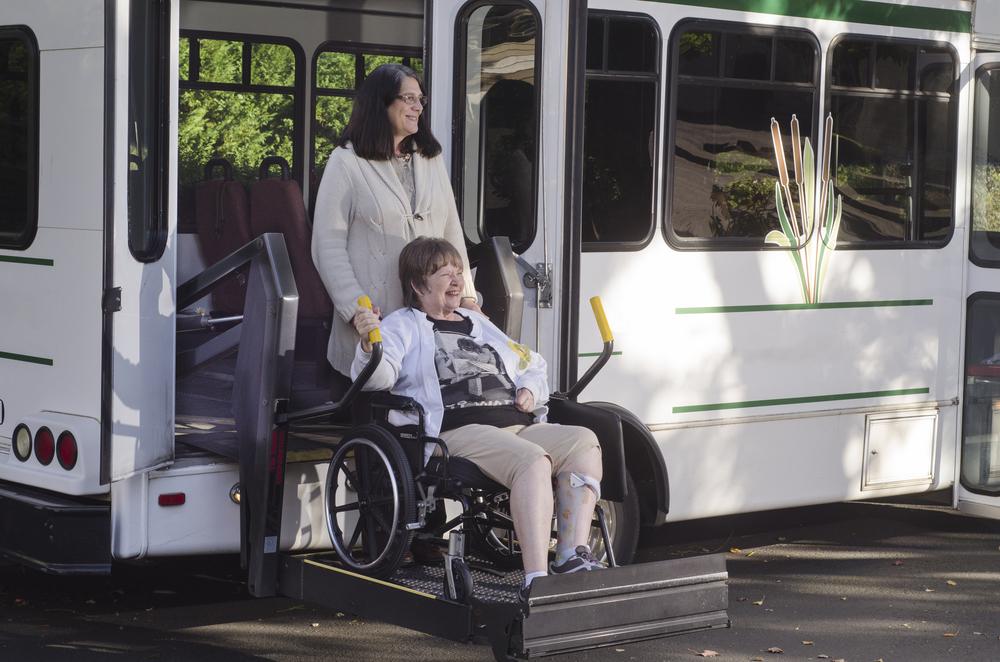Essential Guide for Purchasing a Pre-Owned Wheelchair Accessible Van
Learn essential tips for purchasing a used wheelchair accessible van, including considerations for driver suitability, user measurements, seating capacity, parking needs, and budget. This guide helps ensure you select a safe and functional vehicle that meets your long-term mobility needs and safety standards.

Essential Guide for Purchasing a Pre-Owned Wheelchair Accessible Van
Wheelchair accessible vans are vital for enhancing mobility and independence. New models often come with premium prices due to specialized features and modifications for wheelchair users. For budget-conscious buyers, used wheelchair vans are a practical alternative, offering affordability without compromising on mobility needs. It's crucial to consider the future requirements of the wheelchair user when selecting a used van. Proper planning ensures the vehicle remains comfortable and functional as needs evolve over time.
Here's a helpful list to assist in choosing the right pre-owned wheelchair accessible vehicle for your needs.
Who will operate the vehicle?
Most wheelchair vans are designed for passenger use and may not accommodate drivers in wheelchairs unless specially modified. Those intending to drive from their wheelchair should consult a Professional Driver Rehabilitation Specialist for guidance and training. It's important to decide if the driver prefers to transfer into the driver's seat or operate the vehicle directly from their wheelchair.
What are the physical measurements of the user?
Accurate measurements of the user’s height, weight, and wheelchair dimensions are essential for ensuring comfort and accessibility. Measure the user's head height, wheelchair width and wheel size, overall weight, and total length with any additional equipment. These details help determine suitable seating arrangements for safe and comfortable travel.
Seated head height from the ground
Wheelchair width and wheel size
User and wheelchair combined weight
Total length, including leg extensions and mounted accessories
How many passengers will regularly travel?
Knowing the number of travelers helps select a van with appropriate seating. For single users with a caregiver, minimal seating is sufficient. Families or groups require larger vehicles with extra seats to accommodate everyone comfortably.
Where will the van be parked?
Different types of accessible vans include rear-entry, side-entry, in-floor ramps, and fold-out ramps. Parking space requirements vary, especially for side-entry models which need wider spaces. Assess your parking options beforehand to choose a model compatible with your available space.
Do you need extra features?
Upgrades like navigation systems, removable seats, backup cameras, and power doors can enhance convenience, especially if an adaptive driver operates the vehicle. Consider these options based on your specific needs.
What is your budget?
Budget considerations are critical, particularly for used vehicles. Key points include setting your maximum spend, exploring financing options, and identifying any available funding sources. Many dealerships offer competitive financing plans, so compare rates and terms thoroughly. Ensure that the vehicle meets safety standards set by the National Highway Transportation Safety Administration (NHTSA), including crash test ratings, to ensure safe travel.










